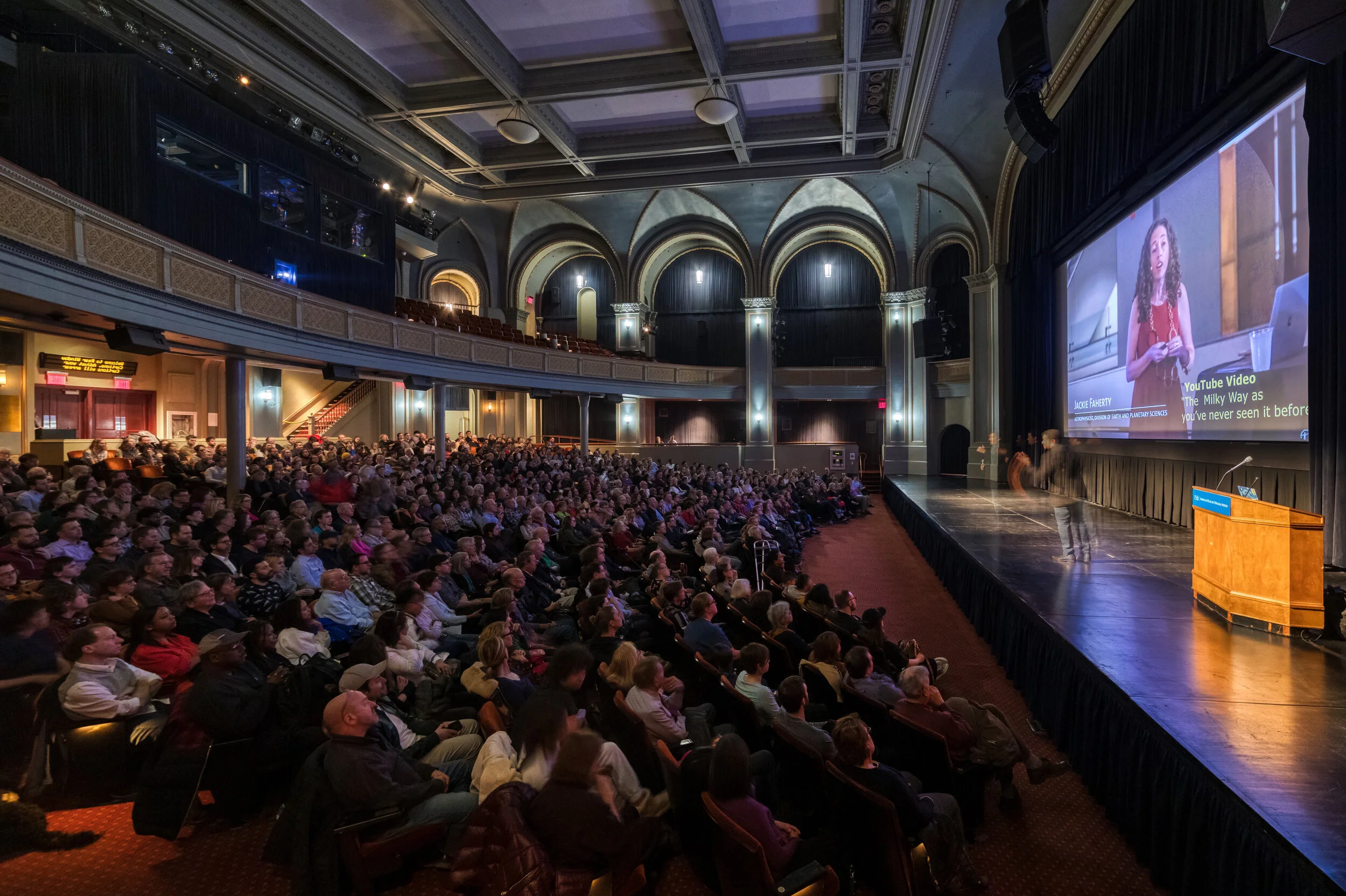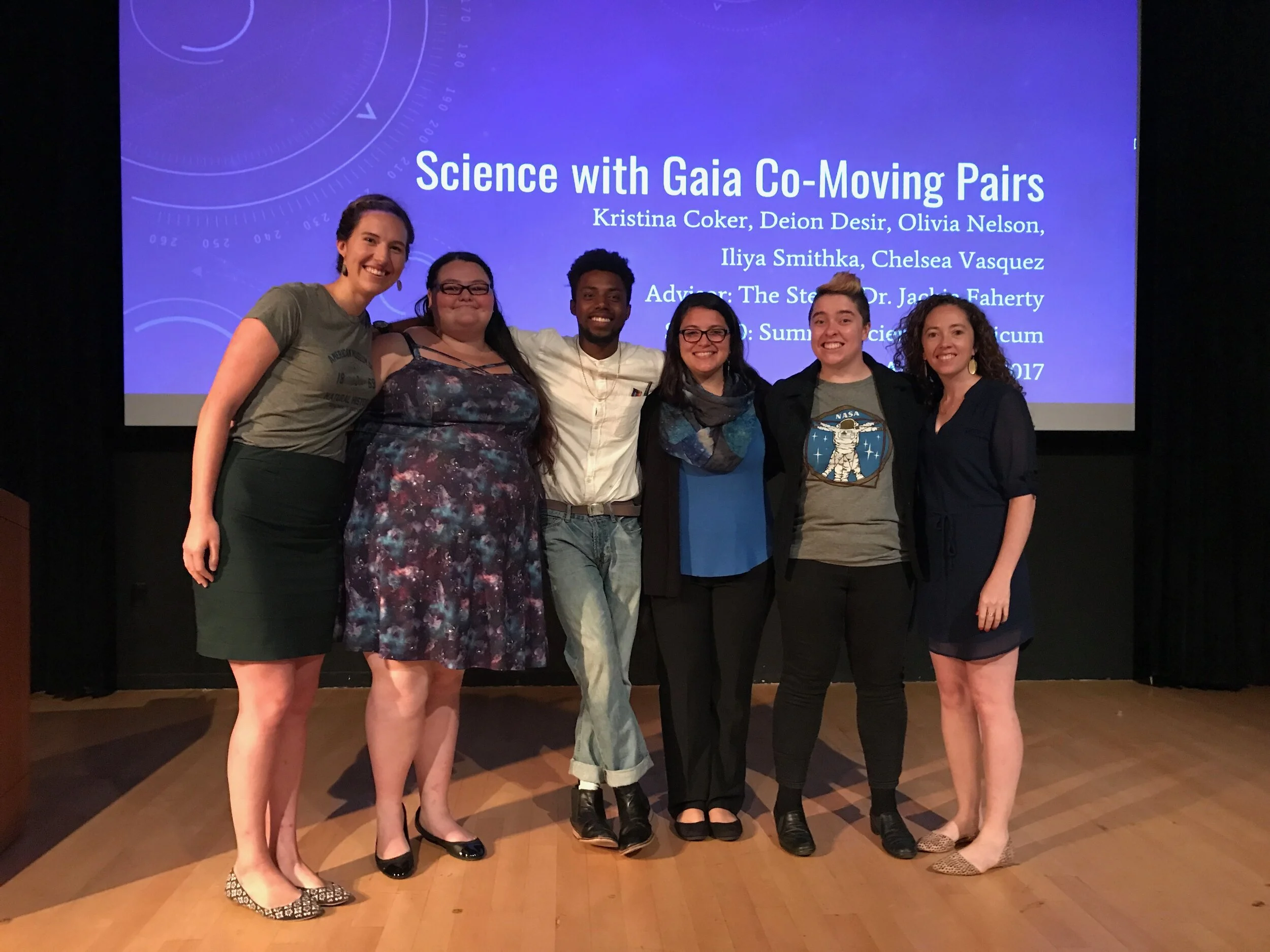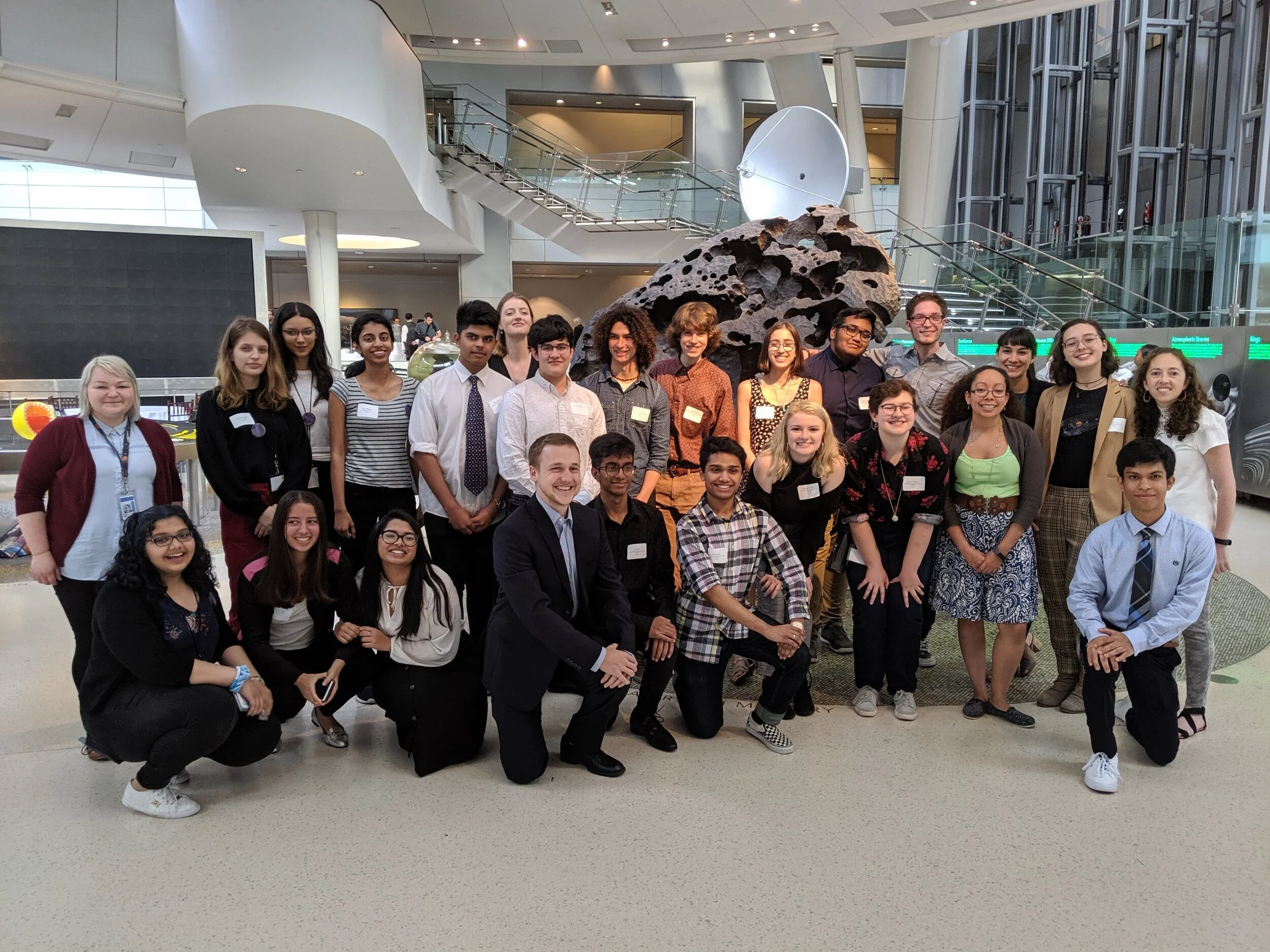A strong pillar of Faherty’s career objectives is to bring the awe and wonder of the cosmos to the public. Importantly she has set out to work toward ensuring that students from all walks of life and education background feel an invitation to study and explore the wonders of the Universe. The American Museum of Natural History is a unique institution with a strong point of access to the diverse student body of New York City and the tourist attraction appeal for a global general audience. Faherty is an advocate for museum programs as a gateway to STEM education for youths. Below you will find several programs of note that Faherty is a major contributor toward at AMNH. Aside from those listed she can often be found visiting schools, after school programs, presenting at evening programs in an attempt to reach the widest audience possible with the latest and most exciting astronomical stories.
Public Outreach








